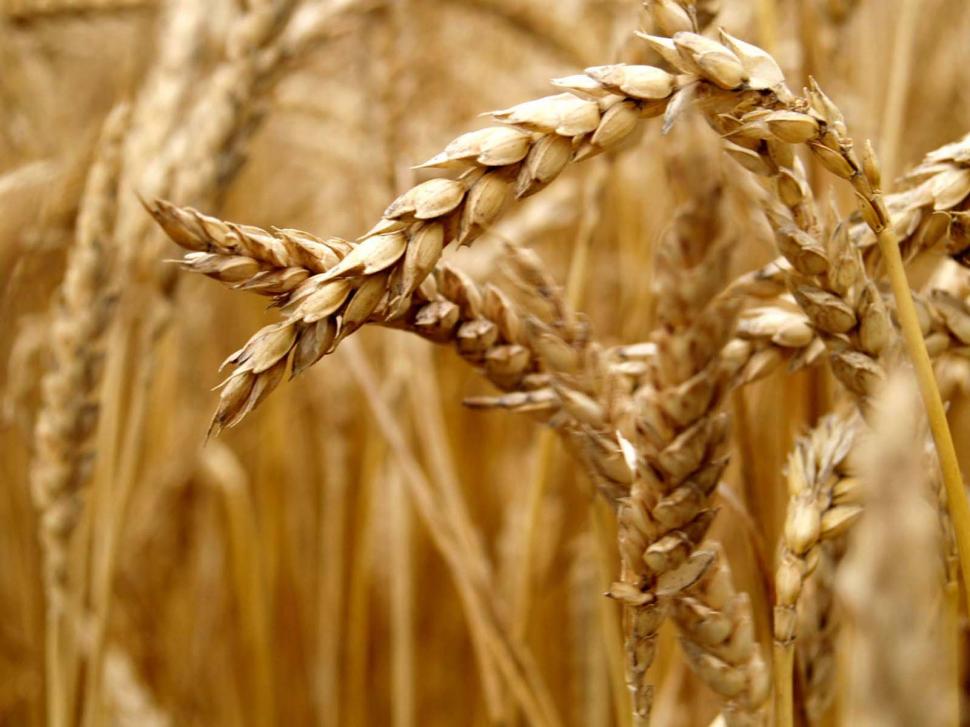
The Secret of Grains: What You Need to Know About Healthy Grains
Grains have a bad rep these days. While many of us are trying to reduce our carb and unhealthy grain intake, we sometimes forget that there are benefits to healthy grains. A balanced look at the latest research reveals that there are healthy grains out there that can bring many wellness benefits to your immune system, your fitness, your brain health and more. It all comes down to knowing what to look for (and what to avoid).
Did You Know? Surprising Benefits of Healthy Grains
1. Fiber Fewer than 3 percent of all Americans get enough fiber in their diet on a daily basis. While requirements vary based on factors like your age, gender and activity levels, most people need approximately 30-35 grams of fiber a day. You need fiber for:- Improving digestion
- Maintaining gut health and supporting gut bacteria
- Ensuring regular bowel movements
- Eliminating toxins from your system
- Supporting healthy appetite control and satiety
- And more!
"Folate deficiency is associated with an increased susceptibility to infection," reports the institute. "Clinical folate deficiency, known as megaloblastic anemia, results in impaired immune responses, primarily affecting cell-mediated immunity; correcting the vitamin deficiency with folic acid supplementation restores the affected immune functions."3. Blood sugar High levels of dietary sugar and blood sugar have been found to reduce the health and response of your immune system’s white blood cells. And studies have found that diets which include lots of whole grains help to lower blood sugar levels, and even improve insulin sensitivity (the latter is important for reducing your risk of diabetes).
What to Look For in Healthy Grains
Not all foods and products made with grains are made alike. In fact, much of the bad reputation that grains have is not because of the grains themselves, but due to overprocessing and manufacturing that strips much of the benefits from the grain. If you want to add healthy grains to your diet, here’s what you need to know:- Think beyond wheat, especially if you’re gluten free. A varied diet reaps you the most perks. Try experimenting with other grains, such as quinoa, millet, buckwheat, wild rice, sorghum and whole oats.
- Know your labels when buying pre-made products, such as bread or cereal. You want it to say “100% whole grain.” If it says “made with whole grains” it only means a percentage of the ingredients were made with whole grains. Brands also often try to trick you using the word “grain” prominently, or adding ingredients that give the food a darker, brown appearance. However, only “100% whole grain” promises the full range of benefits.
- Look at the fiber levels. The higher the level, the better.
- Buy only what you need. Whole grains go bad sooner than refined grain products (e.g. whole wheat flour versus refined white flour) because the fats and oils in whole grains can go rancid.



